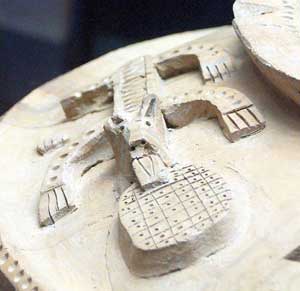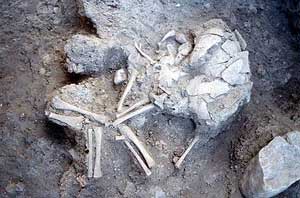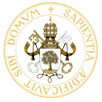
Gods and beliefs of the Vaccean people
What did the Vacceans believe in?
As we enter the slippery terrain of the world of religion, it is necessary to add the disclaimer that archaeology is limited in its ability to shed light on belief systems. If the religiousness of a human group expresses the vital necessity to establish balance with an often-hostile world, while at the same time providing a collective and cohesive answer to death, it's in these two areas where we should look for the answers the Vaccean people created.
Our information regarding the first area, from written sources, are few in number. We do not have, for example, cultural descriptions like those about the Gauls written by Caesar. The Roman historians largely focused on the wars between Vacceans and Rome.
However, the idea of a Celtic religion with universalist tendencies, in which a globalized and non-idea, centering on the gods Lug and Dis Pater, seems clear. In the Celtic mentality, the night becomes day in the same way that a being is born from a non-being. It is understood that the Celts counted by nights, setting the beginning of the year on the night of November 1st, the Samain festival, during which the great beyond was contacted and which has similarities to the Christian All-Saint's Day and Halloween. Another long-lasting, documented festival in the Celtic calendar is Lughnasadh, or the Assembly of Lug, which was an agrarian holiday, celebrated in August at the end of the harvests where the many-faceted god Dis Pater shows off his positive side.
Because the Vaccean used few figurative concepts for their representations, mainly geometric patterns like concentric circles, rhombi, waves, etc., it should be noted that they created some enigmatic representations of animals as seen from above, some which have been identified as wolves. They likely allude to a type of mythological story that we have no other information about, bearing in mind that the Vacceans were practically illiterate.

Animal representation from aerial perspective
While talking about the Vaccean beliefs regarding life after death, we need to discuss a three-part funerary ritual for normal burials (cremation, used for the majority of the population) and special burials (fetal burials under the floors of homes and the leaving to the vultures the bodies of warriors killed in battle). In any event, the information on the funerary world comes from the only known cemetery in the Vaccean territory: Las Ruedas in Pintia, which was used between the 4th century B.C. and the end of the first century A.D.

Burial of a fetus
under the floor of a home
There was a clear belief in immortality, leading mourners to include in burials those elements in life that symbolized the deceased's status (gender, age or social condition), as well as provisions for a journey. Despite the profound symbolic nature of these grave goods, they allows archaeologists to reconstruct the social fabric of these settlements. The great variety of the grave goods and offerings that accompanied the dead can explain the complexity of a society clearly hierarchical, dominated by a minority warrior oligarchy, and supported by a broad social base.







